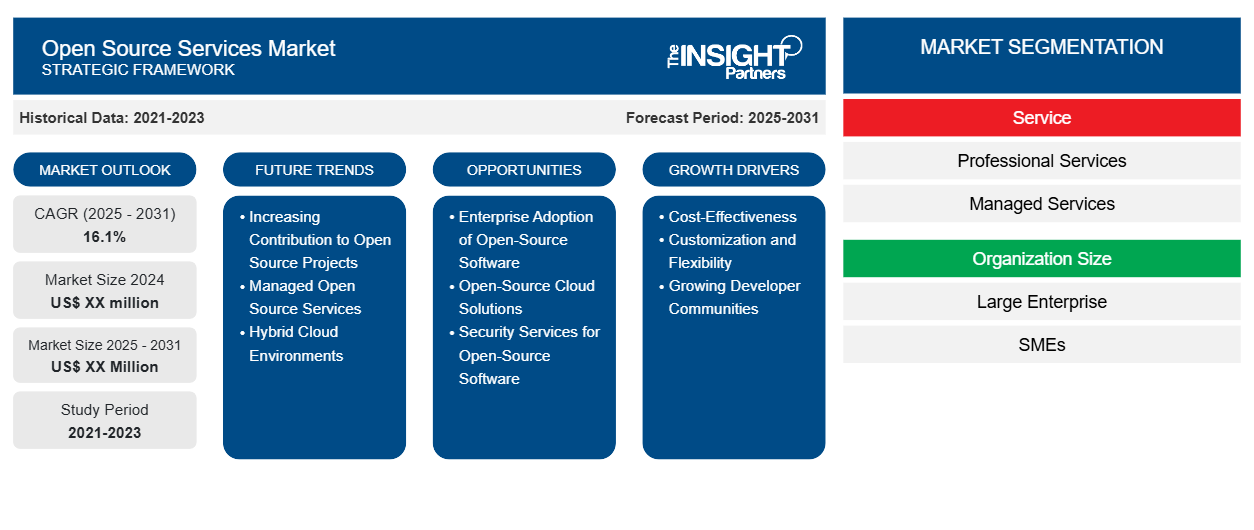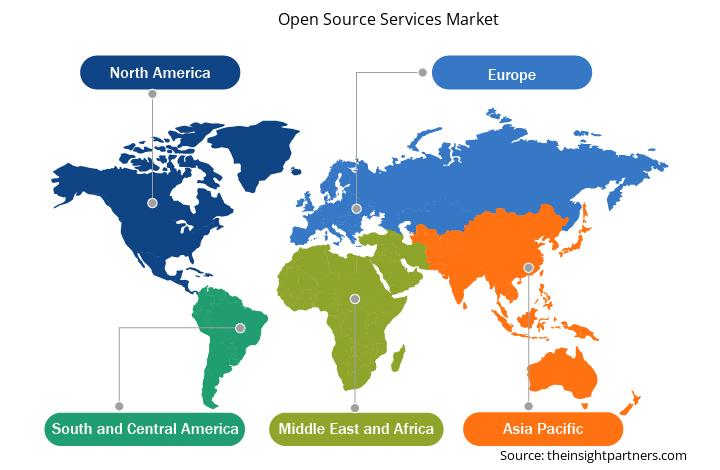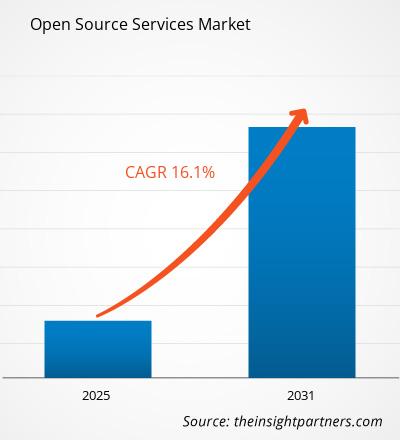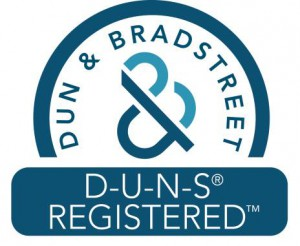预计开源服务市场在 2025 年至 2031 年期间的复合年增长率为 16.1%,市场规模将从 2024 年的 XX 百万美元扩大到 2031 年的 XX 百万美元。
该报告按服务(专业服务、托管服务)、组织规模(大型企业、中小企业)、垂直行业(金融服务、保险、制造业、医疗保健、IT 和电信、其他)进行细分。全球分析进一步细分为区域和主要国家。报告以美元为单位,列出了上述分析和细分市场的价值。
报告目的
Insight Partners 发布的《开源服务市场》报告旨在描述开源服务市场的现状和未来增长、主要驱动因素、挑战和机遇。这将为各业务利益相关者提供见解,例如:
- 技术提供商/制造商:了解不断变化的市场动态并了解潜在的增长机会,使他们能够做出明智的战略决策。
- 投资者:对市场增长率、市场财务预测以及整个价值链中存在的机会进行全面的趋势分析。
- 监管机构:规范市场政策和警察活动,旨在最大限度地减少滥用行为,维护投资者的信任和信心,维护市场的完整性和稳定性。
开源服务市场细分
服务
- 专业服务
- 托管服务
组织规模
- 大型企业
- 中小企业
垂直的
- 金融保险业协会
- 制造业
- 卫生保健
- 信息技术和电信
地理
- 北美
- 欧洲
- 亚太地区
- 中东和非洲
- 南美洲和中美洲
定制此报告以满足您的要求
您可以免费定制任何报告,包括本报告的部分内容、国家级分析、Excel 数据包,以及为初创企业和大学提供优惠和折扣
开源服务市场:战略洞察

- 获取此报告的主要市场趋势。这个免费样品将包括数据分析,从市场趋势到估计和预测。
开源服务市场的增长动力
- 成本效益:开源软件通常免费使用,从而降低了企业的许可和运营成本。这种成本优势促使许多组织(尤其是初创企业和小型企业)采用开源解决方案作为其IT基础架构,从而增加了对帮助管理、实施和支持这些解决方案的开源服务的需求。
- 定制化和灵活性:开源软件允许组织根据其特定需求定制解决方案。这种灵活性吸引了那些寻求定制解决方案而又不被专有系统束缚的企业。在动态商业环境中,对适应性强的IT系统的需求日益增长,这是开源服务市场发展的关键驱动力。
- 不断壮大的开发者社区:活跃且快速发展的全球开发者社区是开源服务市场的重要驱动力。这些社区促进了开源软件的持续改进、创新和支持,使其成为那些希望获得尖端工具和技术而无需等待商业解决方案的企业的理想选择。
开源服务市场未来趋势
- 对开源项目的贡献日益增加:越来越多的组织,包括大型企业,正在为开源项目做出贡献,这推动了创新以及更强大、更安全、功能更丰富的软件的开发。这一趋势反映了私营部门和公共部门之间日益增长的合作,并正在提升开源服务和软件产品的质量。
- 托管开源服务:托管开源服务,即企业将开源技术的管理和支持外包,正日益受到欢迎。企业正在寻求专家托管服务来处理部署、监控和安全问题,这有助于他们专注于核心竞争力,同时确保开源解决方案的最佳性能。
- 混合云环境:随着企业越来越多地采用混合云策略,使用开源技术来弥合本地部署和云基础架构之间的差距的趋势日益增长。支持混合云模型的开源服务具有可扩展性、灵活性和成本效益,使企业能够无缝管理其混合环境。
开源服务市场机遇
- 企业采用开源软件:大型企业越来越多地采用开源软件,因为它具有可扩展性、灵活性和成本效益。这为开源服务提供商提供了一个重要的机会,可以提供企业级支持、定制和托管服务,帮助企业在关键任务环境中集成和扩展开源解决方案。
- 开源云解决方案:随着云计算的发展,开源解决方案在云应用领域日益受到青睐。机遇在于为云管理平台、云原生应用以及 Kubernetes 等容器编排工具提供开源服务,使企业能够充分利用云的可扩展性、成本效益和灵活性。
- 开源软件的安全服务:虽然开源软件具有诸多优势,但安全性仍然是一个令人担忧的问题。开源服务提供商有机会提供专业的安全服务,例如漏洞扫描、补丁管理和合规性支持,确保使用开源解决方案的企业能够安全运营并满足监管要求。
开源服务市场区域洞察
Insight Partners 的分析师已详尽阐述了预测期内影响开源服务市场的区域趋势和因素。本节还讨论了北美、欧洲、亚太地区、中东和非洲以及南美和中美洲的开源服务市场细分和地域分布。

- 获取开源服务市场的区域特定数据
开源服务市场报告范围
| 报告属性 | 细节 |
|---|---|
| 2024 年的市场规模 | XX百万美元 |
| 2031年的市场规模 | XX百万美元 |
| 全球复合年增长率(2025 - 2031) | 16.1% |
| 史料 | 2021-2023 |
| 预测期 | 2025-2031 |
| 涵盖的领域 | 按服务
|
| 覆盖地区和国家 | 北美
|
| 市场领导者和主要公司简介 |
|
开源服务市场参与者密度:了解其对业务动态的影响
开源服务市场正在快速增长,这得益于终端用户需求的不断增长,而这些需求的驱动因素包括消费者偏好的演变、技术进步以及对产品优势的认知度的提升。随着需求的增长,企业正在扩展其产品线,不断创新以满足消费者需求,并抓住新兴趋势,从而进一步推动市场增长。
市场参与者密度是指特定市场或行业内企业或公司的分布情况。它表明特定市场空间内竞争对手(市场参与者)的数量相对于其规模或总市值而言。
在开源服务市场运营的主要公司有:
- IBM
- 埃森哲
- 穆尔软件
- 威普罗
- 数据块
- 苏塞
免责声明:以上列出的公司没有按照任何特定顺序排列。

- 获取开源服务市场顶级关键参与者概览
主要卖点
- 全面覆盖:该报告全面涵盖了开源服务市场的产品、服务、类型和最终用户的分析,提供了整体概况。
- 专家分析:报告基于对行业专家和分析师的深入了解而编写。
- 最新信息:该报告涵盖了最新信息和数据趋势,确保了业务相关性。
- 定制选项:此报告可以定制以满足特定客户要求并适合业务策略。
因此,这份关于开源服务市场的研究报告可以帮助我们解读和理解行业现状和增长前景。尽管存在一些合理的担忧,但这份报告的总体优势往往大于劣势。
- 历史分析(2 年)、基准年、预测(7 年)及复合年增长率
- PEST和SWOT分析
- 市场规模、价值/数量 - 全球、区域、国家
- 行业和竞争格局
- Excel 数据集
近期报告
客户评价
购买理由
- 明智的决策
- 了解市场动态
- 竞争分析
- 客户洞察
- 市场预测
- 风险规避
- 战略规划
- 投资论证
- 识别新兴市场
- 优化营销策略
- 提升运营效率
- 顺应监管趋势




















 获取免费样品 - 开源服务市场
获取免费样品 - 开源服务市场